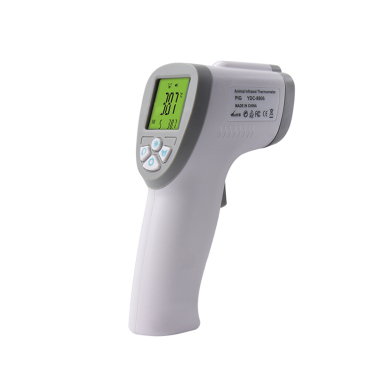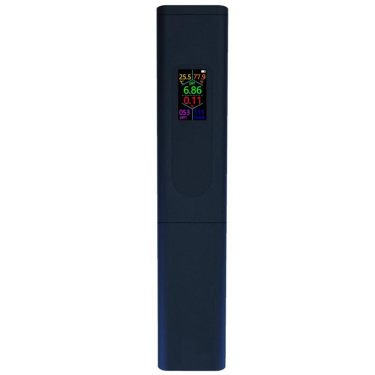
# Dog Thermometer: How to Check Your Pet’s Temperature Safely
## Why Monitoring Your Dog’s Temperature Matters
As a responsible pet owner, keeping track of your dog’s health is crucial. One important aspect of canine health monitoring is checking your dog’s temperature when they appear unwell. A dog thermometer is an essential tool for every pet first aid kit, allowing you to quickly assess whether your furry friend might be running a fever or experiencing hypothermia.
## Understanding Normal Dog Temperature
Before using a dog thermometer, it’s important to know what temperature range is normal for canines:
– Normal temperature: 101°F to 102.5°F (38.3°C to 39.2°C)
– Mild fever: 103°F (39.4°C)
– High fever: 104°F (40°C) or above
– Hypothermia: Below 99°F (37.2°C)
## Types of Dog Thermometers
There are several types of thermometers suitable for dogs:
### 1. Digital Rectal Thermometers
These provide the most accurate readings for dogs. They’re specifically designed with flexible tips for pet safety.
### 2. Ear Thermometers
Infrared ear thermometers measure the temperature inside your dog’s ear canal. While less invasive, they may be slightly less accurate.
### 3. Non-contact Infrared Thermometers
These allow you to take temperature readings without physical contact by measuring thermal radiation from the ear or other body parts.
## Step-by-Step Guide to Taking Your Dog’s Temperature
### Preparing for the Procedure
Gather your supplies:
– Dog thermometer (digital recommended)
– Petroleum jelly or water-based lubricant
– Treats for positive reinforcement
– A helper (if your dog is large or uncooperative)
### Rectal Temperature Measurement
1. Lubricate the thermometer tip with petroleum jelly
2. Gently lift your dog’s tail
3. Insert the thermometer about 1 inch into the rectum
4. Hold it in place until it beeps (usually 30-60 seconds)
5. Remove gently and read the temperature
6. Clean the thermometer with alcohol
### Ear Temperature Measurement
1. Gently pull the ear flap upward to straighten the ear canal
2. Insert the thermometer probe into the horizontal ear canal
3. Press the button and hold until measurement is complete
4. Remove and read the temperature
## Safety Tips When Using a Dog Thermometer
– Never use a glass mercury thermometer (risk of breakage)
– Designate one thermometer specifically for your dog
– Clean the thermometer before and after each use
– Stop immediately if your dog shows signs of distress
– Reward your dog with treats to create positive associations
## When to Consult Your Veterinarian
Contact your vet immediately if:
– Your dog’s temperature is above 104°F (40°C)
– The temperature is below 99°F (37.2°C)
– Your dog shows other concerning symptoms (lethargy, vomiting, etc.)
Keyword: dog thermometer
– You’re uncomfortable taking the temperature yourself
## Maintaining Your Dog Thermometer
Proper care ensures accurate readings:
– Replace batteries regularly
– Store in a clean, dry place
– Check accuracy periodically (compare with a new thermometer)
– Replace if damaged or giving inconsistent readings
By following these guidelines, you can safely monitor your dog’s temperature and detect potential health issues early. Remember that while a dog thermometer is a valuable tool, it doesn’t replace professional veterinary care when needed.

